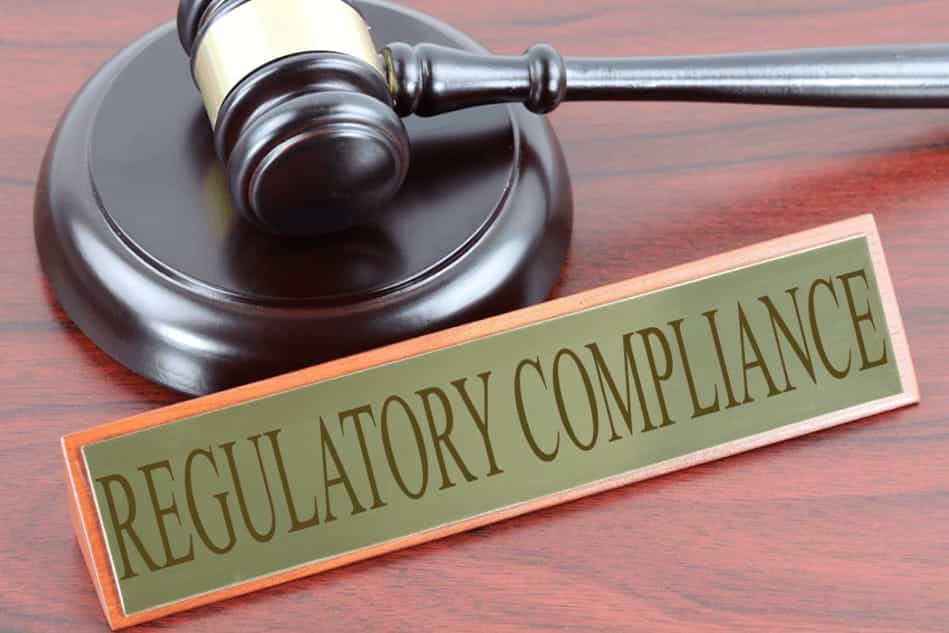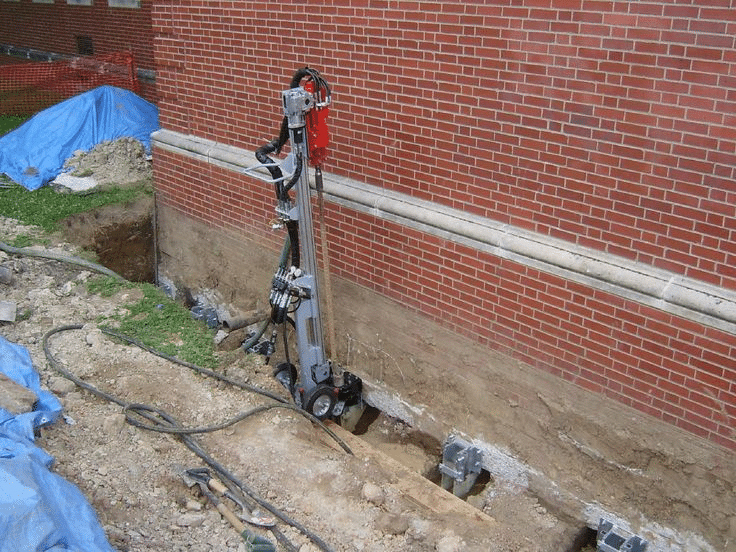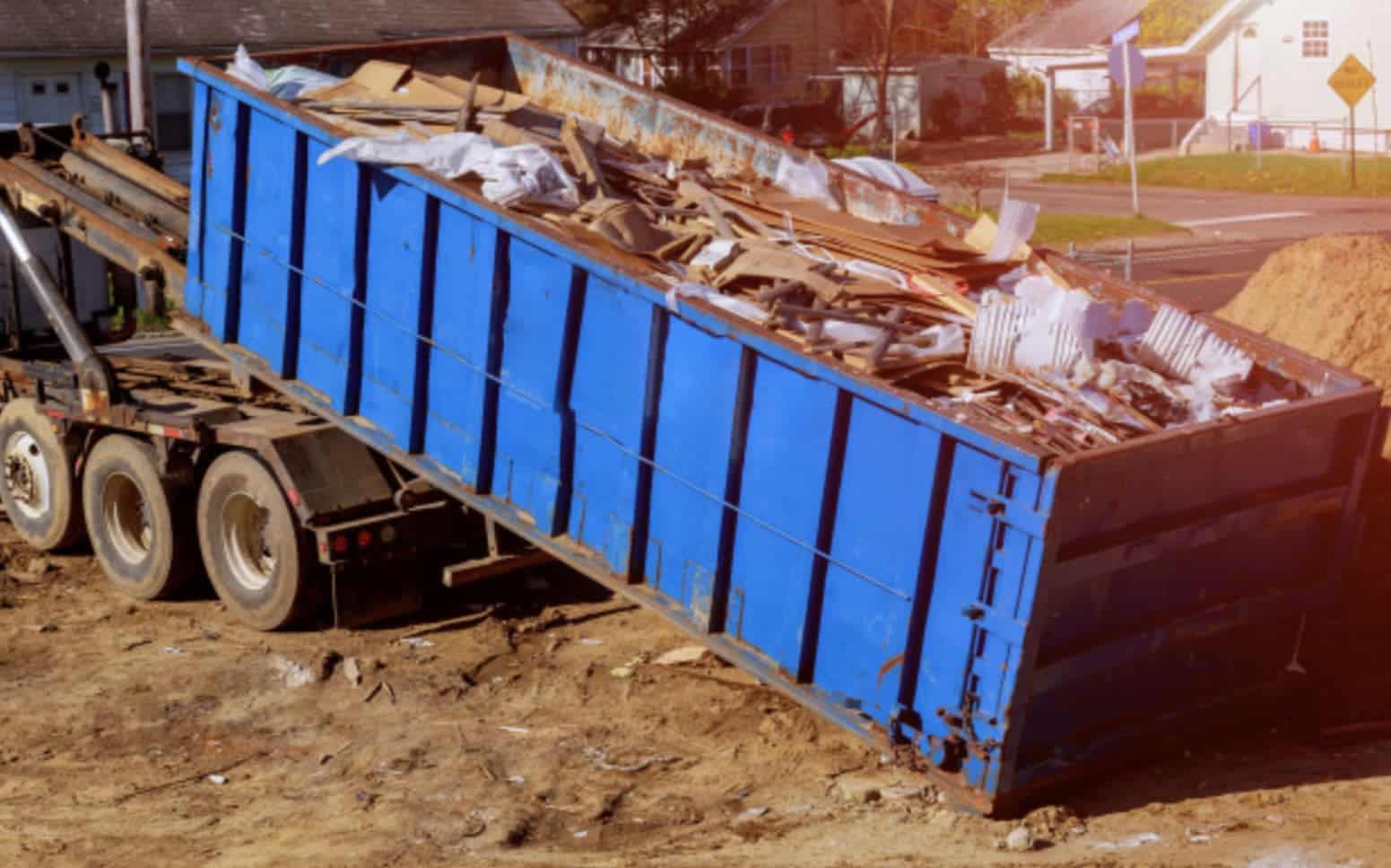The Impact of Underpinning on Property Value and Insurance
Owning a belonging comes with the responsibility of making sure its structural integrity and safeguarding its value. One approach that property owners can make use of to mitigate potential dangers and beautify the value of their belongings is underpinning.
Underpinning is an important manner that entails strengthening the muse of construction to ensure its stability and longevity. In this blog, we can discover the impact of underpinning on belongings fees and insurance, highlighting key factors that belongings proprietors have to keep in mind.
Risk Mitigation and Long-Term Investment

Underpinning isn’t always only a quick-term solution for existing foundation problems, however additionally a protracted-term investment in a property. By proactively addressing basis concerns, asset owners can reduce the risk of destiny damage, reduce high-priced upkeep, and defend the fee of their belongings.
Underpinning, consequently, serves as a crucial chance mitigation strategy for property owners concerned with the long-time period integrity of their investments.
Foundations are a valuable investment for property owners looking to ensure the long-term stability and structural integrity of their buildings.
By addressing foundation issues early, property owners can minimize the risk of future damage and prevent costly repairs, to learn more about foundation strengthening, you can visit this website at: https://qualityagebuild.com/services/underpinning/.
Understanding Underpinning in Property
Underpinning is a construction technique used to stabilize and strengthen the existing foundation of a building. It is commonly employed when a property’s foundation has settled, cracked, or become weakened due to various factors such as soil conditions, age, or improper construction.
Underpinning typically involves excavating the soil beneath the existing foundation and reinforcing it with additional support, such as concrete or steel beams.
Factors Influencing Property Value:
1. Structural Stability:
Underpinning plays a crucial role in restoring a property’s structural stability. By addressing any foundation issues and providing a strong and stable base, potential buyers gain confidence in the property’s ability to withstand future structural problems. This assurance can greatly increase its value in the eyes of buyers or investors.
2. Enhanced Foundation Integrity:
Through underpinning, the integrity of a property’s foundation is greatly improved. This means that the risk of cracks, settlement, or subsidence is minimized, reducing potential maintenance costs. Increased foundation integrity not only adds value to the property but also offers long-term benefits for the owner, making it a desirable investment.
3. Increased Usable Space:
In some instances, underpinning can also create additional usable space within a property. For example, it can be used to create a basement or a lower-level extension. This added square footage can significantly enhance the property’s value and appeal to potential buyers, as it provides extra living or storage space that can be utilized.
Insurance Considerations:
1. Coverage for Underpinning Projects:
Property owners must understand their insurance coverage when undertaking underpinning projects. Some insurance policies may exclude coverage for underpinning work, while others may require specific endorsements or additional coverage. Consulting with an insurance provider to ensure adequate coverage during and after the underpinning project is essential.
2. Impact on Premiums:
Underpinning can also impact insurance premiums. While a strengthened foundation may reduce the risk of future damage, some insurance providers may view the underpinning process as an increased risk factor, potentially leading to higher premiums. Discussing this with insurance providers beforehand can help property owners assess any potential changes to their premiums.
3. Insurance Provider Requirements:
Property owners should also be aware that insurance providers may have specific requirements or standards regarding underpinning work. Compliance with these requirements is essential to ensure continued coverage and avoid potential disputes.
Regulations and Compliance

It is important to note that regulations and compliance may vary depending on the location and specific requirements of the underpinning project. Property owners need to research and understand the specific regulations and permits that may be required in their area.
In addition to obtaining permits, property owners should also consider hiring a qualified contractor who is knowledgeable about the local regulations and building codes. This ensures that the underpinning work is done correctly and by the necessary standards.
Failure to comply with regulations and obtain necessary permits can result in fines, penalties, and legal complications. It may also lead to safety hazards and potential damage to the property. Therefore, it is crucial to prioritize and responsibly address all regulatory and compliance aspects of the underpinning project.
Conclusion
Underpinning plays a vital role in enhancing property value and protecting long-term investments. Its ability to restore structural stability, improve foundation integrity, and create additional usable space makes underpinning an essential consideration for property owners seeking to mitigate risk and maximize their property’s value.
However, the cost-benefit analysis, insurance considerations, compliance with regulations, and staying abreast of industry trends are all crucial factors that must be carefully evaluated in the underpinning decision-making process.








